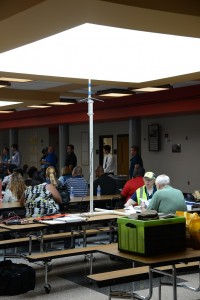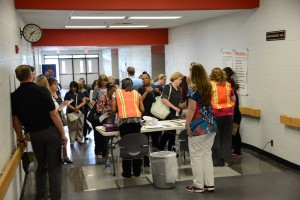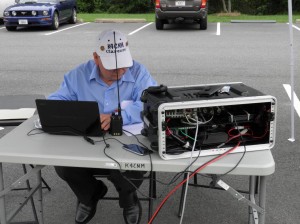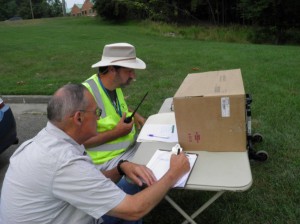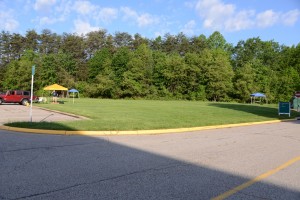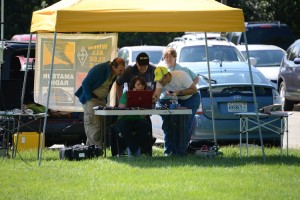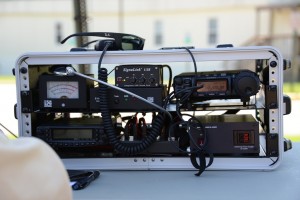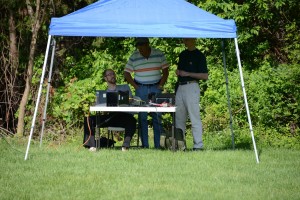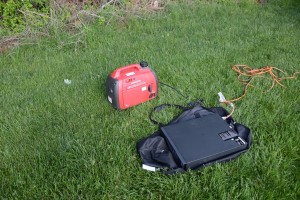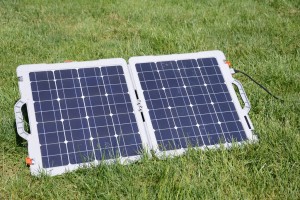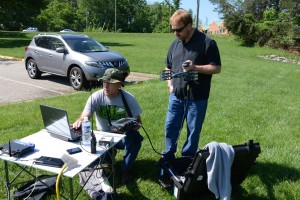Where did the year go? No, really? What happened to 2015? It will go down as being warm. Thank you El Nino for providing us with one of the warmest Christmases on record. It was quiet, from a hurrican perspective in the Atlantic basin. Again, thank you El Nino. It was, weatherwise, a very calm year.
It was also a quiet year event wise. Prince William County ARES participated on one exercise, Operation Summer Deluge and a couple of Marine Corps runs providing safety and security on the course. We will be doing it again in 2016.
We have had a couple of quiet years. It has been nice. We have added new members, and focused on beefing up our digital activities. We will move on in 2016 to increasing our use of digital systems and work with Prince William County to integrate with their systems as best we can.
Our goals for 2016?
- Practice, practice, practice. There is never enough time to practice.
- Traffic handling. We need to practice traffic handling, both voice and digital. Again, we never practice this enough.
- BBHN. I am looking forward to seeing what BBHN can do to improve our digital connectivity.
- HF Digital. I would like us to work on our HF skills, and HF digital is an increasingly popular way to do that.
- MCM support. We will again be supporting the Marine Corps Marathon program office at the Crossroads 17.75 and Turkey Trot directly as well as the Marine Corps Marathon indirectly.
- Practice, practice, practice. Did I mention we will be doing lots of practice?
Want to get more invovled? Our next meeting is Saturday, January 16, 2016, at 0900 at the Prince William County EOC, 3 County Complex, Prince William, VA. Hope to see you there.

